A magnetic flow meter (mag meter, electromagnetic flowmeter) is a transducer that measures fluid flow by the voltage induced across the liquid by its flow through a magnetic field.
Magnetic Flow Meter
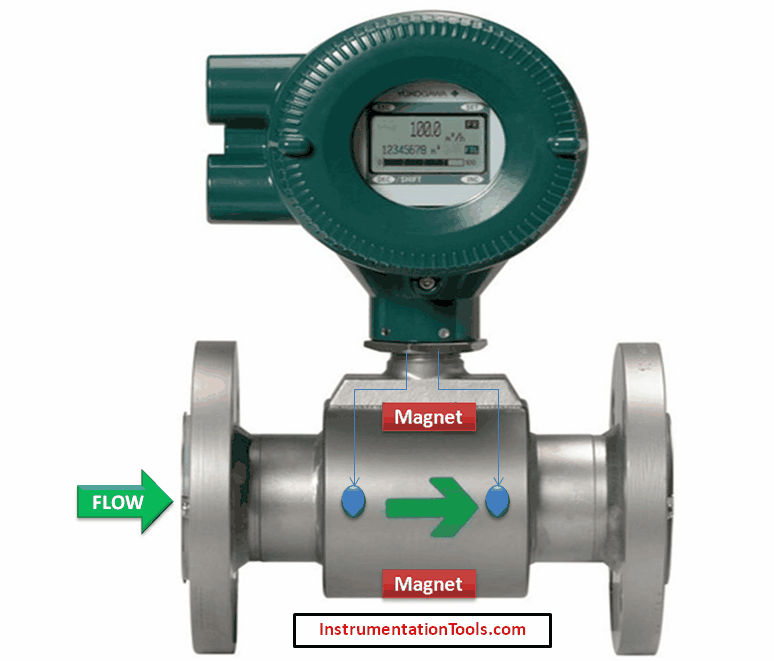
Image Courtesy: Yokogawa
A magnetic field is applied to the metering tube, which results in a potential difference proportional to the flow velocity perpendicular to the flux lines. The physical principle at work is electromagnetic induction.
The magnetic flow meter requires a conducting fluid, for example, water that contains ions, and an electrical insulating pipe surface, for example, a rubber-lined steel tube.
Principle of Operation
Simply, Magnetic Flow Meters work on Faraday’s Law of Electro-Magnetic Induction.
The Two Blue dots in the animation indicate electrodes. The Copper coils (red blocks – magnets) on top & bottom of the instrument are electro-magnets used to generate a magnetic field.
When there is no fluid flow then the induced voltage between electrodes is Zero.
When a fluid flows through the magnetic field, the two electrodes pick up the voltage and it is proportional to fluid flow rate.
That’s it. Very Simple.
Post your opinions on Instrumentation animations. Share it with your friends.
If you liked this article, then please subscribe to our YouTube Channel for Instrumentation, Electrical, PLC, and SCADA video tutorials.
You can also follow us on Facebook and Twitter to receive daily updates.
Read Next:
- Magnetic Meters Complete Guide
- Conductive Level Measurement
- Why do Flow Meter Calibration
- Flow Meter Square Root Relationship
- Architecture of Instrumentation
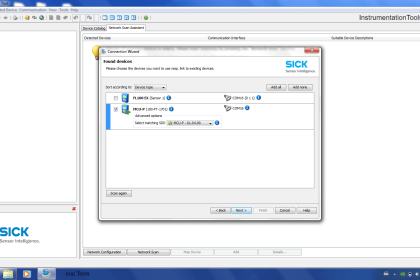
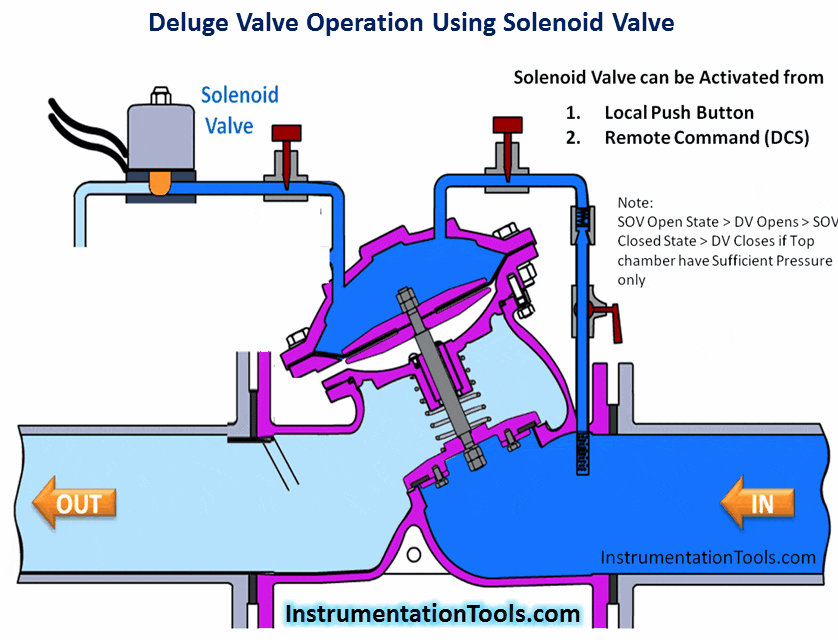
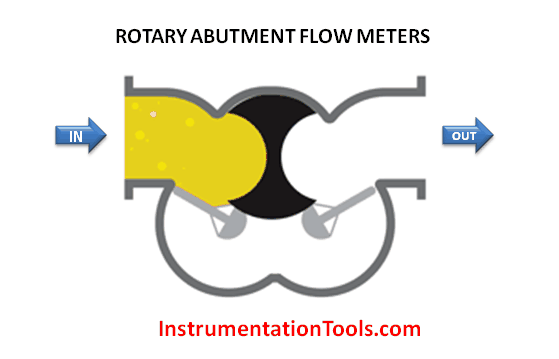

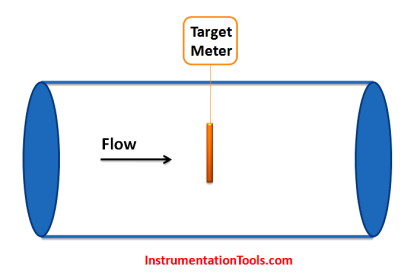
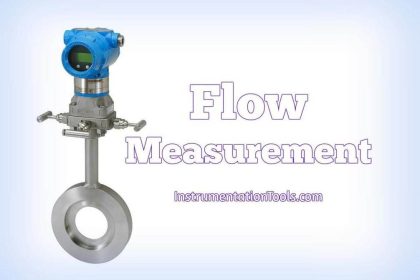

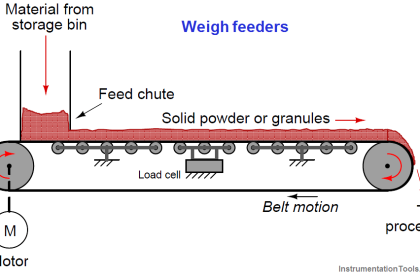




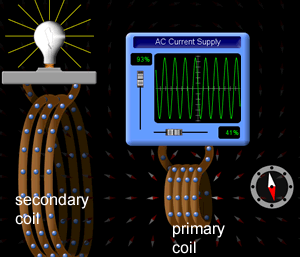
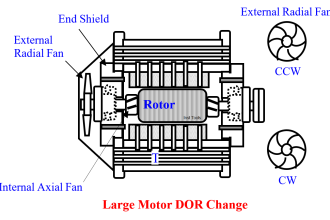



Five stars for instrumentation Animations and very useful website for instrumentation engineers.
it is useful to us…who work on field……
When is it recommended to use the magnetic flowmeter? what are the best process conditions to be used for?? thanks
One unique aspect of magnetic flowmeters is that they can only measure conductive fluids. They are excellent for water and most other liquids, but they cannot measure hydrocarbon-based fluids.Some advantages of magnetic flowmeters are that they can easily handle dirty liquids, slurries, wastewater, and other hard-to measure liquids.
Another unique feature of magnetic flowmeters is the number of types of liners available for different applications. These different liners make magnetic flowmeters useful for hygienic applications, for caustic liquids, and for almost any type of water application. Almost any type of conductive liquid can be measured with the right type of liner.
Conductivity shall be checked with Process. Water conductivity is not very excellent. This was confirmed by Process Engineer. Because water can be many types like Fresh water, Sour water, Sea water etc. Caustic soda for example has very high conductivity.
As far as I know the electrical conductivity of the fluid should be more than 5 microsiemens.
Very useful…
Magnetic types are very accurate,but if there is any electrical disturbances like as improper earthing etc,that will badly affect the signals from the sensor to transmitter,and transmitter may unable to produce exact output PV.
Very nice good information I like it
What type of output current a.c. or D.C.? ??
Dear sir. I can’t explain how wonderful and useful your website is. Thank you very much for your work.
Best regards.
simplesmente MARAVILHOSO
Translated Portuguese to English : just wonderful
Your animation explains everything!
No need for any text!
Hello
Very nice animation. I would like to show animation in my college project. I eager to know Which software do you guys use to create such animation?